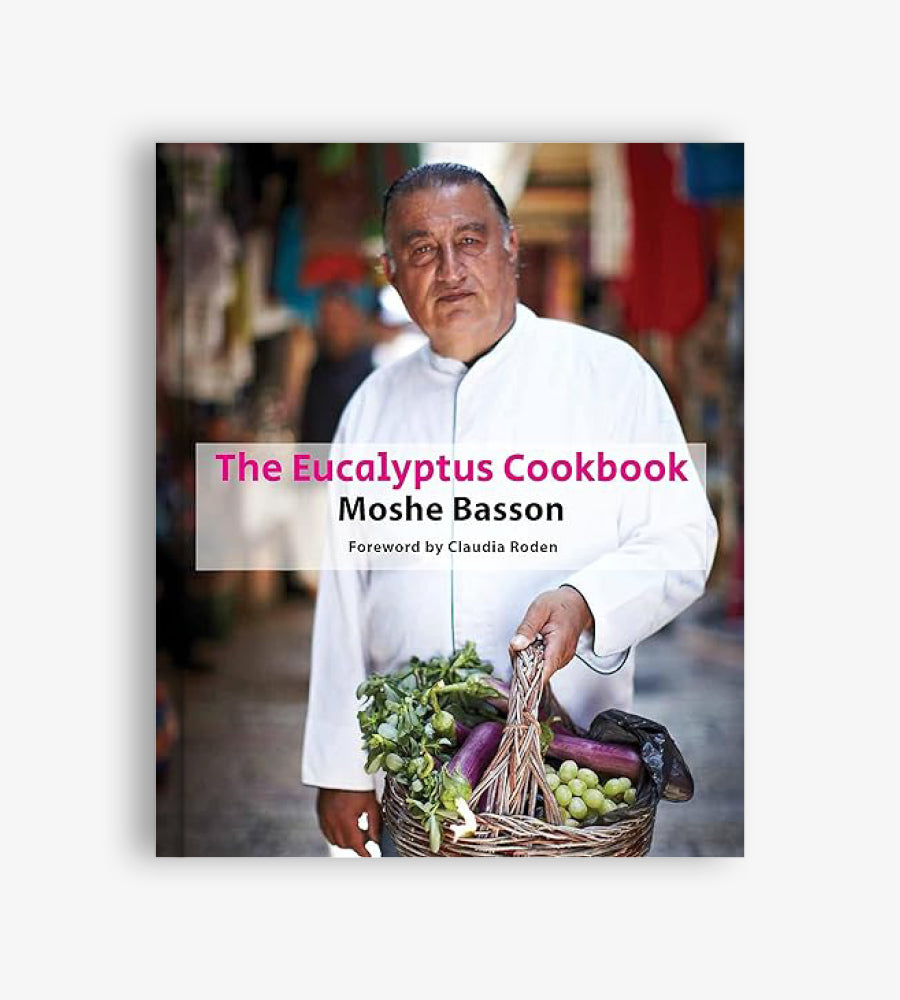
Asalbay’s Last Laugh
Or Amir

Throughout the fifteenth century, Egypt was ruled by a class of freed slaves known as the Mamluks. Mamluk Cairo was a thriving center for the slave trade, and scores of concubines, many from the Caucasus, were brought to the city to serve this military elite.
Yet the story of one slave named Asalbay is unique. She was purchased by Qaitbay (ca. 1416–1496), one of the greatest rulers of the Mamluk Sultanate. She gave birth to his only son, Muhammad, who inherited the throne after his father’s death. As the mother of the sultan, Asalbay enjoyed tremendous respect, influence, and wealth, retaining her status even after her son was ousted from power by marrying his successor. Asalbay used her wealth to erect an impressive mausoleum complex outside Cairo, which also included a mosque and madrasa (religious college).
However, Asalbay came to a bitter end. After her second husband was murdered in 1501, she fell out of favor with the new sultan. Despite this, she remained wealthy, as evidenced by this impressive illuminated Qur’an, commissioned in 1508 for the students of the madrasa. Like other members of the Mamluk elite, who believed that the prayers of the living would help them accrue merit in the next world, the students’ recitation of the Qur’an was meant to elevate the soul of their patron after her death.
That same year she made the Hajj pilgrimage to Mecca; but, on her return, the sultan ordered her to retrace her steps and remain in exile. She died in Mecca in 1509 and was never buried in the mausoleum she had built. The funds she had designated for the maintenance of the mausoleum complex were lost, as was this copy of the Qur’an, only a few pages of which survive.
















